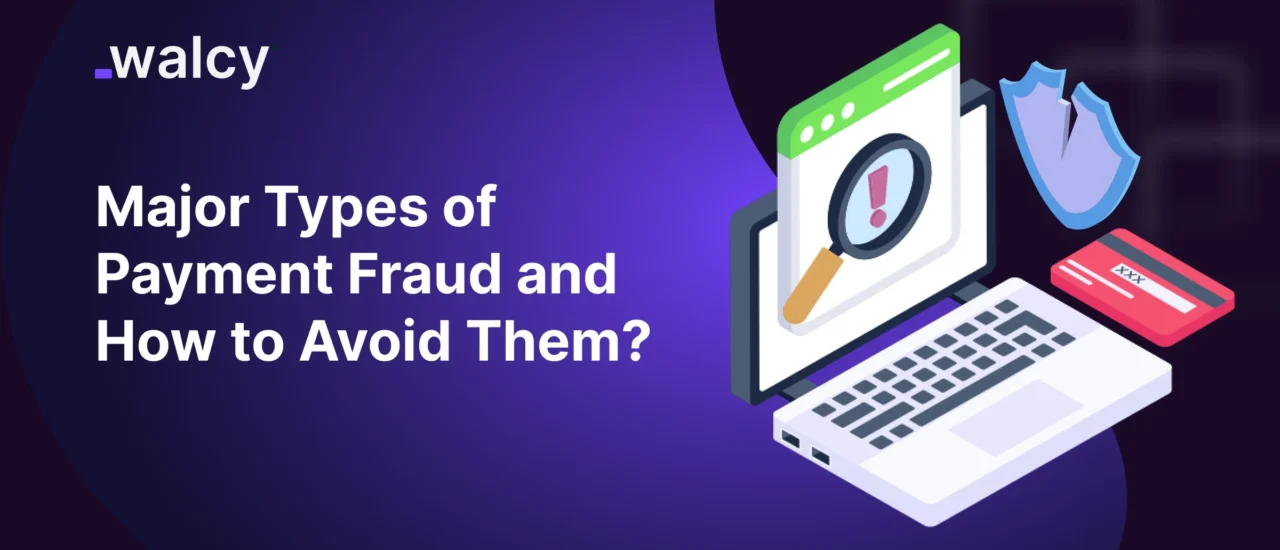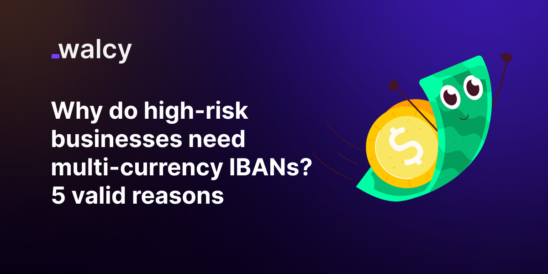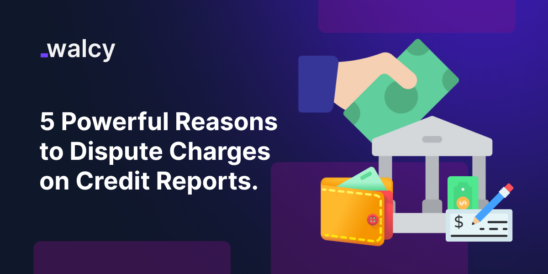Payment fraud has been considered a big concern in this digital era, especially with the rise in digital payments and online transactions.
The more the number of transactions, the more fraudsters find ways to exploit weak points in the payment systems with their sophisticated methods.
From credit card fraud to payment scams, data breaches-the risks are just many.
In this article, we look into major types of payment fraud and strategize ways to prevent these fraudulent activities, with a focus on digital payment fraud, payment scams, financial fraud prevention, PCI compliance, and payment security standards.
Major Types of Payment Fraud
-
Credit Card Fraud
Credit card fraud is the most common form of fraud in the realm of electronic payments.
This occurs when fraudsters obtain a person’s credit card information and use it to make transactions without that person’s consent.
This may be due to hacking, data breaches, skimming devices, and phishing attacks.
How it Works:
- Fraudsters may steal the card information from physical stores with poor security protocols or online shops.
- Credit card fraud may be committed in cases of data breaches or hacking incidents that eventually expose card details.
- Phishing attacks and social engineering tactics deceive cardholders into releasing sensitive information.
Prevention:
Use Strong Authentication:
Use multi-factor authentication (MFA) or two-factor authentication (2FA) to add an extra layer of security.
Monitor Transactions:
Periodically account for unauthorized charges through account statements.
Card Tokenization:
Replace sensitive card information with a token that has no intrinsic value to reduce exposure.
Read about: How Credit Card Transaction Processing Works? A Quick Guide
-
Online Payment Frauds
This would involve fraudulent online transactions using digital platforms or e-commerce websites.
Often, fraudsters with stolen credit card details, or through some other devious tactics, can easily dupe a merchant into accepting a payment against goods or services that are never shipped.
How it Works:
- Fraudsters can use the stolen credit card details to conduct an online transaction or online payment.
- Sometimes, they take advantage of the lapse in effective security measures at e-commerce websites or payment gateways.
Prevention:
Secure Payment Gateways:
Avail the services of encrypted secure payment-processing systems that have SSL certificates.
Read about: Top Payment Gateways In 2025. All You Need To Know.
Real-time Fraud Detection:
Deploy fraud detection software to track every transaction for suspicious activities or patterns.
Address Verification System:
Match the billing address input by the cardholder to that in the bank system using the AVS.
Read about: Top Online Payment Methods Across The World.
-
Phishing and Social Engineering Attacks
This is one in which fraudsters deceive the victim into thinking it’s someone trusted and leak out sensitive information about his bank account, log-on information, or credit card details.
How It Works:
- Scammers pretend as banks, online merchants, or apparently respectable companies when they phone, send emails, or send texts.
- Links will lead to a spoofed website, something looking quite similar in outlook and intending to intercept data.
Prevention
User Awareness:
Employees and customers should be made aware of phishing attacks and how to identify them from time to time.
Verify Sources of Communication:
Authentication of communication is always required before clicking on links or downloading attachments.
E-mail Filters:
Secured e-mail filters will detect phishing e-mails and prevent them from reaching into the inbox.
-
Chargeback Fraud (Friendly Fraud)
Friendly fraud is simply more popularly known as chargeback fraud when there is actually a purchase that was in fact legitimate, but thereafter the consumer begins disputing the charge through his or her bank or card issuer on the basis that a transaction was unauthorized or received.
How It Works:
- A real customer charges something and then files a claim for a chargeback, mainly for reasons such as “fraudulent transaction” or “item not received.”
- This fraud is hard to detect because in most cases the fraudster is a legitimate customer and has received goods or services.
Prevention:
Clear Communication:
The customer must be informed about the refund and return policies before the purchase.
Maintain Detailed Records:
Records of all transactions, including invoices and shipping receipts, along with communication with the customer.
Address Verification Systems:
use AVS to verify an address of a cardholder to avoid fraudulent chargeback.
-
Account Takeover
Account takeover fraud usually occurs when any fraudster takes control over the online account of users, whether it be your bank account, e-commerce account, or any social media profile by stealing login credentials.
Once they access it, they can make unauthorized transactions.
How It Works:
- Fraudsters can get login information through data breaches, phishing attacks, or brute-force attacks.
- After getting access to the account, he’ll change the account details or draws cash from it or execute some fraudulent transaction.
How to Prevent:
Strong Passwords:
Enforce using complex and unique passwords; update them periodically.
2FA – Two-Fix Authentication:
Use two-factor authentication that can add extra security in account protection.
Account Activity Monitoring:
Be observant on the suspicious activities of the account alongside unauthorized accesses.
-
Payment Scams
Payment scams are schemes where fraudsters manipulate victims to make payments for goods or services that do not exist.
They can come in as many forms as one can think, from phony job offers to phony technical support.
How it Works:
- In all, the scammer makes the victim pay him for something that does not exist using gift cards, wire transfers, or cryptocurrency.
- Most of the scams in the field of payments are being done through emails, telephone calls, and social media sites.
Prevention:
Awareness and Training:
Employees and customers must be aware of the most frequent types of payment scams and how those are identified.
Verification of the Payment Requests:
Each request of payment has to be verified, especially the ones out of ordinary or from sources not known.
Use Secure Payment Methods:
Payments made using gift cards or wire transfers should be avoided as they are more difficult to track.
-
Skimming and Card Cloning
Skimming involves illegal devices used to capture information from credit or debit cards belonging to unsuspecting individuals at ATMs or at a point-of-sale terminal.
Card cloning is the act of duplicating the data found for fraudulent transactions.
How It Works:
- The fraudsters fix the skimming devices at an ATM or at a point-of-sale terminal that captures card data once customers swipe their cards.
- The captured information is further used in cloning the card and carrying out fraud transactions.
How to prevent:
Inspect Card Terminals:
Frequently inspect the ATM or a Point-of-Sale terminal for any suspicious device that may capture data.
Go For the EMV Chips:
The EMV chip cards behind magnetic stripe cards and hard to skim.
Monitor Transactions:
Go through your transaction record on spotting any suspicious activities.
Reda about: International Payment: Challenges and Solutions
Financial Fraud Prevention Various Strategies
-
PCI Compliance
PCI DSS sets a series of standards aimed at safeguarding card information in its processing, storage, and transmission.
When it comes to credit card payments, PCI compliance is extremely important since it guarantees that a business that receives and processes these payments has enough protection against fraudulent transactions.
This happens in the following way.
Data Encryption:
It ensures the encryption of cardholder data according to the requirements of the standard laid down.
Access Control:
It allows access to sensitive information of cardholders only to authorized personnel.
Regular Audits:
Business entities have to review their systems routinely for vulnerabilities and follow the compliances laid down by PCI DSS.
-
Fraud Detection Tools
Advanced fraud detection tools trace suspicious transactions in real time. These tools analyze patterns of transactions and flag probably fraudulent activities before they are completed.
How it Helps:
Machine Learning Algorithms:
AI-driven tools analyze large volumes of transactions to trace irregular patterns and flag high-risk transactions.
Geolocation Checks:
The fraud detection tools can check the location of the transactions to determine whether they come from unusual or unexpected places.
Behavioral Analytics:
Customer behavioural analytics allow the business to easily trace anomalies in buying patterns, and unusual purchasing behaviour.
-
Encryption and Tokenization
Encryption changes sensitive data into unreadable format; tokenization, on the other side, replaces sensitive data with certain unique identifiers or tokens.
Both these technologies help to secure cardholder data and reduce frauds.
How it Helps:
Data Encryption:
It helps in encrypting sensitive information of the payments such that even when intercepted by hackers, they will not be able to read it.
Tokenization:
The use of tokens instead of real details of cards exposes them less to sensitive information.
-
Regular Security Audits
Regular security audits and vulnerability assessments reveal the gray areas in your payment system that help avert the hackers from finding the fault and attacking it.
How it Helps:
Identify Vulnerabilities:
Audits may reveal some potential vulnerabilities fraudsters can use to their benefit.
Improved Security Practices:
Regular assessments keep businesses updated on recent security best practices to protect their respective payment systems.
Read about: Cashless Payment Methods: Types, Benefits, and Drawbacks
-
Customer and Employee Education
A well-informed customer base and workforce are essential in deterring payment fraud.
Regular training in the ways to recognize fraud helps an organization reduce the chances of a scam or security breach.
How it Helps:
Awareness Campaigns:
Educate consumers to identify phishing emails, fictitious websites, and other tactics fraudsters use, enabling them to take proactive actions against attacks.
Training Employees:
Employees should be trained on how to securely handle the payment process and data involved.
Read about: Online Payment Security: Best Practices to Keep Your Transactions Safe
Conclusion
Payment fraud is a serious but evolving threat, especially in modes of digital payments.
Variations in the types of payment fraud and a multi-layered approach to fraud prevention stand to help businesses reduce the risks and protect sensitive financial information related to their customers.
This key-to-key steps includes, among other standards, being PCI compliant; fraud detection tools; encryption; and tokenization.
It is in these situations, where precautions are taken, that companies contribute to reducing fraud incidents and impacts on their business and, consequently, maintaining safety in payment.
Read about: All About Overseas Payments (2025) Comprehensive Guide
Do follow us on Facebook and LinkedIn, to stay connected with us.



